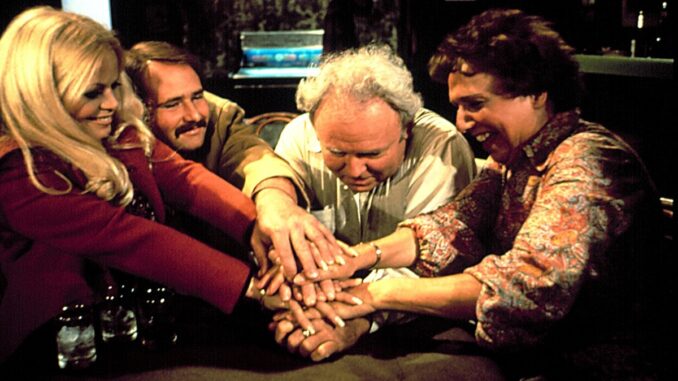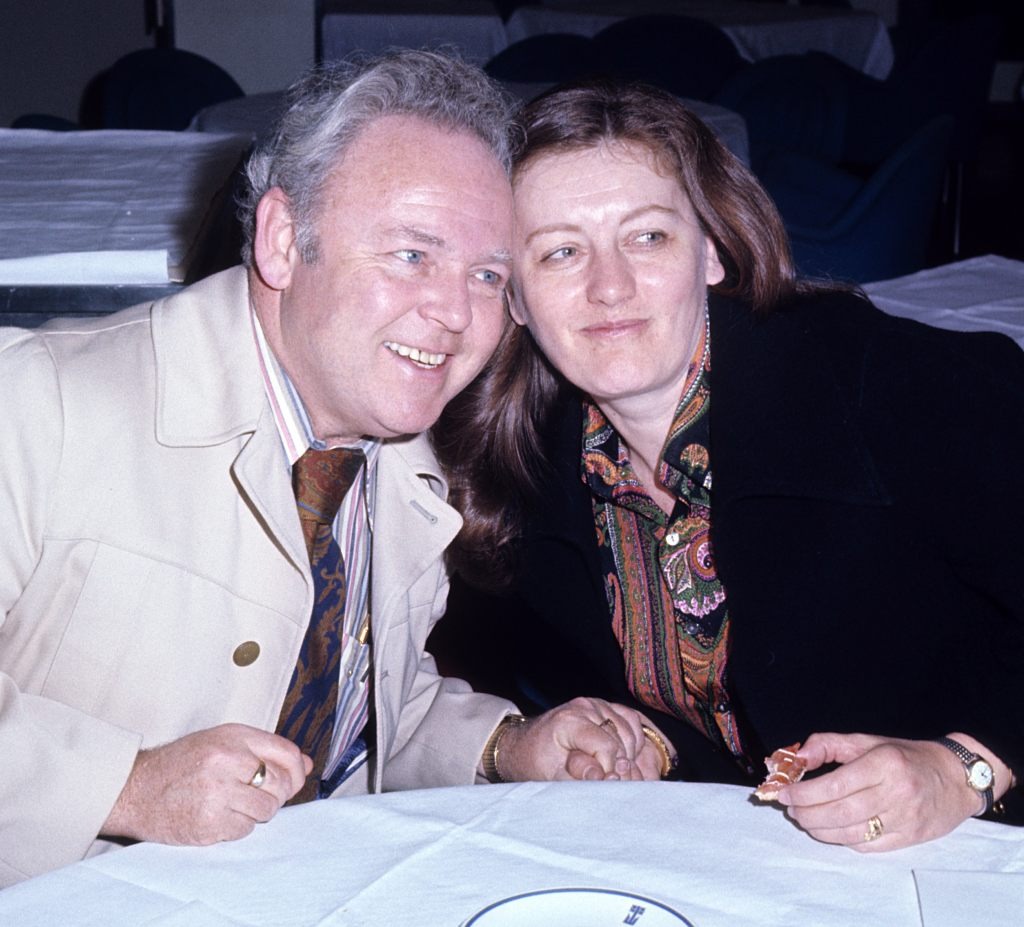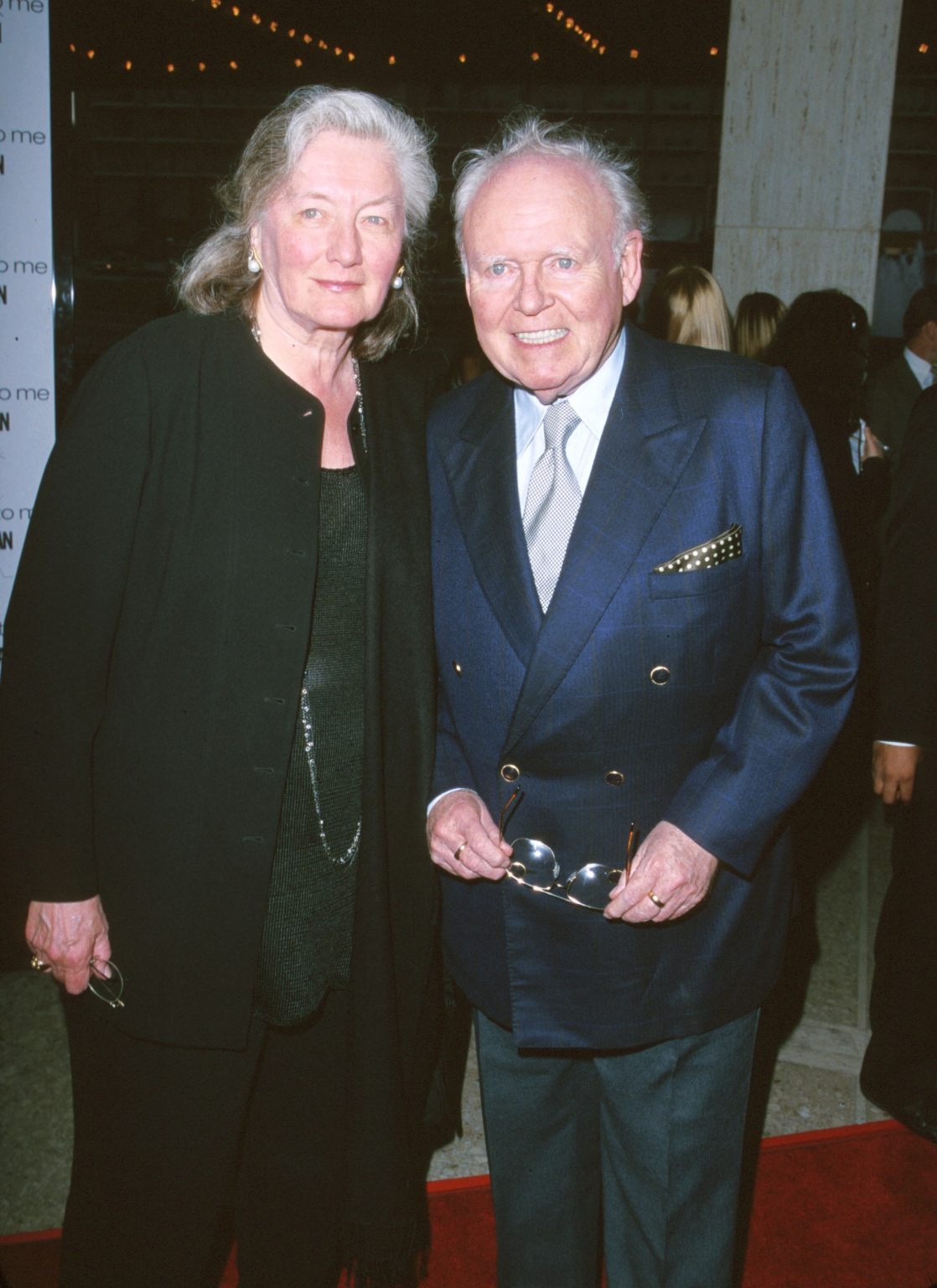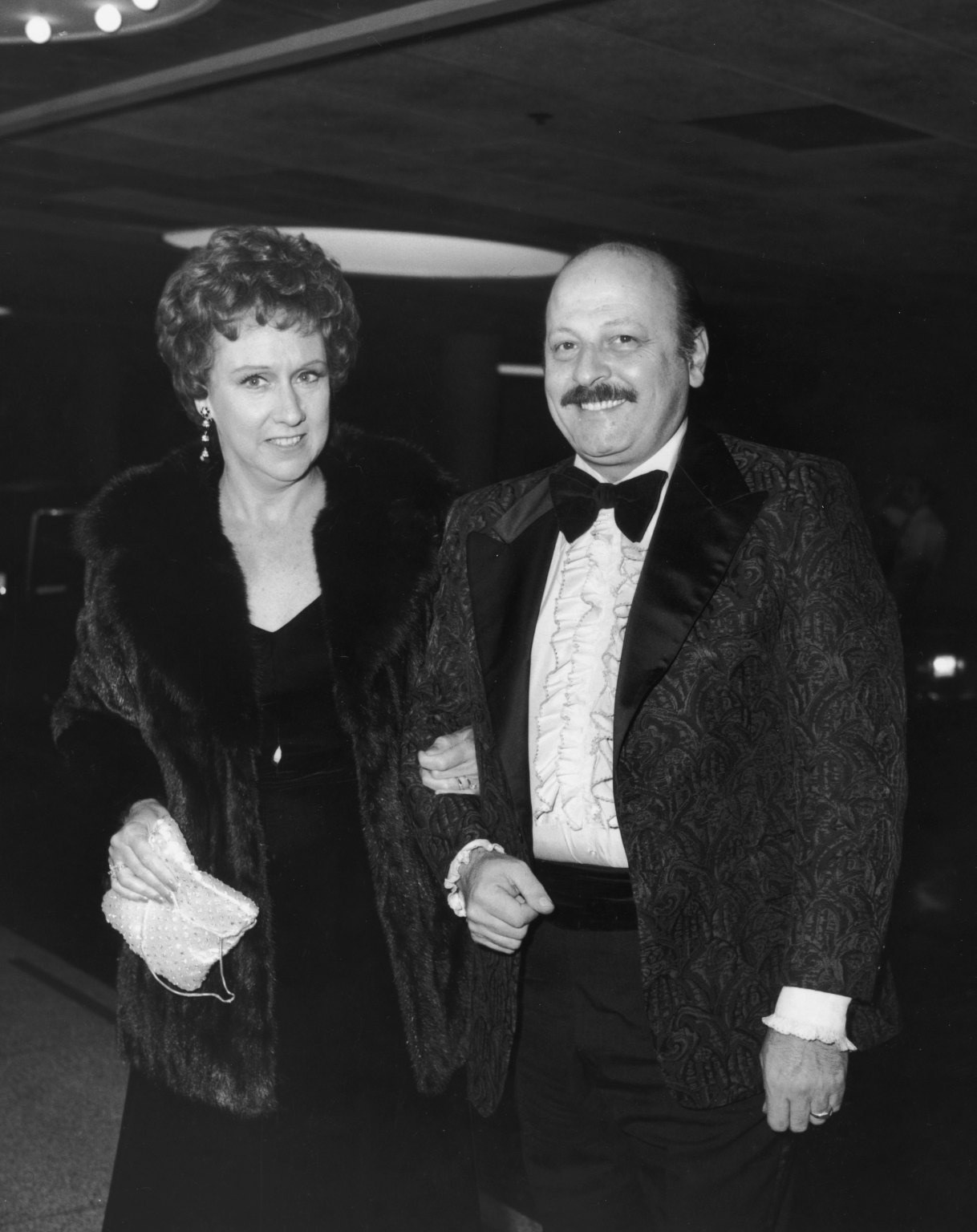
When All in the Family premiered in January 1971, it blew up the mold of everything that had preceded it. Gone were the days of idealized, squeaky-clean households like the Andersons of Father Knows Best, the Cleavers of Leave It to Beaver or the Stones of The Donna Reed Show. In their place came the Bunkers: Archie, Edith, Gloria and Mike—flawed, funny and, most of all, jarringly real. Archie Bunker was loud, opinionated, proudly out of touch and television’s first regularly-appearing racist. His daughter Gloria was passionately liberal, her husband Michael (aka “Meathead”) even more so. And holding it all together was Edith, the warm, endlessly patient heart of the family.
Week after week, the Bunkers bickered and debated virtually everything, from politics to religion, race and women’s lib. And despite the network’s fears that they would, America couldn’t look away. For all of Archie’s bluster and stubbornness, what made All in the Family endure was its honesty and the reflection of family life that felt uncomfortably familiar.
But while their onscreen lives were a whirlwind of conflict and commentary, the real-life relationships of the show’s stars told very different stories—some lasting, some brief, but all interesting in their own right. Carroll O’Connor, who played the fiery patriarch, was devoted to his wife Nancy for nearly 50 years. Jean Stapleton, the actress behind Edith’s gentle (yet sometimes grating) voice and moral compass, shared a long marriage with her husband William Putch, rooted in a love of the theater. Sally Struthers, who played Gloria, and Rob Reiner, her onscreen husband Mike, each had notable marriages of their own—Struthers with psychiatrist William Rader and Reiner first with Penny Marshall, then with Michele Singer.
As we take a look at the real-life couples behind All in the Family, it’s worth remembering that for all its controversy and cutting-edge commentary, the show was about connection or the challenges of doing so. Television would never be the same again.
Carroll O’Connor’s 50-year love story with Nancy Fields
 Carroll O’Connor was married to Nancy Fields O’Connor for nearly 50 years, from 1951 until her death in 2000. Theirs was a strong and enduring marriage that weathered the highs and lows of Hollywood, and it remained a central part of O’Connor’s personal life and public identity. The couple met while they were studying at the University of Montana and began dating, although he left school early to move to Ireland so that he could help his brother Hugh get into medical school. It was while he was there that he finished his studies at the University College Dublin, and once she graduated from the University of Montana, Nancy followed him there and they were married on July 28, 1951.
Carroll O’Connor was married to Nancy Fields O’Connor for nearly 50 years, from 1951 until her death in 2000. Theirs was a strong and enduring marriage that weathered the highs and lows of Hollywood, and it remained a central part of O’Connor’s personal life and public identity. The couple met while they were studying at the University of Montana and began dating, although he left school early to move to Ireland so that he could help his brother Hugh get into medical school. It was while he was there that he finished his studies at the University College Dublin, and once she graduated from the University of Montana, Nancy followed him there and they were married on July 28, 1951.
 Though Nancy rarely appeared in the spotlight, she supported O’Connor during his rise to fame with All in the Family and his continued success in the TV version of the 1967 film, In the Heat of the Night. Together, they adopted a son, Hugh O’Connor, who would tragically die from a drug overdose in 1995. Carroll was outspoken about the pain of that loss and later advocated for prescription drug regulations in Hugh’s memory. Despite the tragedy, Carroll and Nancy remained devoted to one another until her passing from Alzheimer’s-related complications in 2000. O’Connor followed her in death just a year later, in 2001.
Though Nancy rarely appeared in the spotlight, she supported O’Connor during his rise to fame with All in the Family and his continued success in the TV version of the 1967 film, In the Heat of the Night. Together, they adopted a son, Hugh O’Connor, who would tragically die from a drug overdose in 1995. Carroll was outspoken about the pain of that loss and later advocated for prescription drug regulations in Hugh’s memory. Despite the tragedy, Carroll and Nancy remained devoted to one another until her passing from Alzheimer’s-related complications in 2000. O’Connor followed her in death just a year later, in 2001.
Jean Stapleton’s marriage to William Putch: theater and devotion
 Jean Stapleton was married to William H. Putch from 1957 until his death in 1983. The couple met through their shared love of theater—he was a respected director and producer and she was a classically trained stage actress. Their marriage was marked by mutual respect, professional collaboration and a quiet devotion that contrasted sharply with the Hollywood norm. They raised two children together: a son, John, and a daughter, Pamela.
Jean Stapleton was married to William H. Putch from 1957 until his death in 1983. The couple met through their shared love of theater—he was a respected director and producer and she was a classically trained stage actress. Their marriage was marked by mutual respect, professional collaboration and a quiet devotion that contrasted sharply with the Hollywood norm. They raised two children together: a son, John, and a daughter, Pamela.
Throughout their marriage, Stapleton and Putch frequently worked together, especially at the Totem Pole Playhouse in Pennsylvania, which Putch ran as artistic director. Even during the years of her greatest television success on All in the Family, Stapleton continued to perform at the playhouse during summer breaks, never abandoning her theatrical roots or the small-town creative community they cherished.
Tragically, William Putch died suddenly of a heart attack in 1983 while on tour with a production. Stapleton, ever the professional, honored a performance commitment that same night—a reflection of both her resilience and the theater’s place in their shared life— and even commented, “That’s what he would have wanted.” She never remarried and continued to support the Totem Pole Playhouse long after his passing. Jean Stapleton died in 2013 at the age of 90.
Sally Struthers’ brief marriage and life as a single mom
Sally Struthers was married once, to psychiatrist William C. Rader. They wed in 1977, at the height of her fame from All in the Family, and had one daughter, Samantha. The marriage lasted until 1983, ending in divorce after less than six years. Though their union was relatively private, it coincided with a time of intense career activity for Struthers, who was transitioning from her breakout role as Gloria Stivic into voice acting, stage work and advocacy. William Rader, her then-husband, would later become a controversial figure due to his involvement in unregulated stem cell therapies in the 2000s, but during their marriage, he was a well-regarded psychiatrist and television medical expert.
Following the divorce, Struthers never remarried. She remained highly visible in the entertainment world through stage performances (on Broadway she premiered the role of Florence Ungar in the female version of Neil Simon’s The Odd Couple), animated voice work (notably as Rebecca Cunningham in TaleSpin), and television appearances. Outside of acting, she became a passionate spokesperson for Christian Children’s Fund (later ChildFund International), a cause she championed for decades. Though she kept her personal life largely private in later years, Struthers’ role as a mother remained central to her life long after her brief marriage ended.
Rob Reiner and Penny Marshall’s Hollywood power couple year
Rob Reiner has been married twice. His first marriage was to actress and director Penny Marshall. They wed in 1971, while both were early in their television careers—Reiner was just beginning to make his mark on All in the Family as Mike “Meathead” Stivic, and Marshall would soon gain her own fame on Laverne & Shirley. The marriage lasted 10 years, ending in divorce in 1981. Though they had no biological children together, Reiner adopted Marshall’s daughter, Tracy, from her previous marriage and he maintained a close relationship with her after the divorce.
Their marriage was a quintessential 1970s Hollywood union—talented, high-profile and occasionally turbulent. While they were both achieving stardom on separate television shows, they also faced the challenges of building careers under intense public scrutiny. Despite their split, Reiner and Marshall remained on friendly terms in later years, and he paid heartfelt tribute to her after her death in 2018, calling her “funny, warm and a true pioneer for women in film.”
Rob Reiner’s second marriage to Michele Singer: lasting and private
In 1989, Reiner married photographer Michele Singer, whom he met while directing When Harry Met Sally. This second marriage proved to be long-lasting and stable and together they have three children and have worked jointly on philanthropic and political efforts. Reiner has been an outspoken advocate for social justice, health care, and early childhood development, often crediting his wife’s influence in shaping their shared causes. Unlike his first marriage, Reiner’s life with Singer has remained mostly out of the tabloids.
